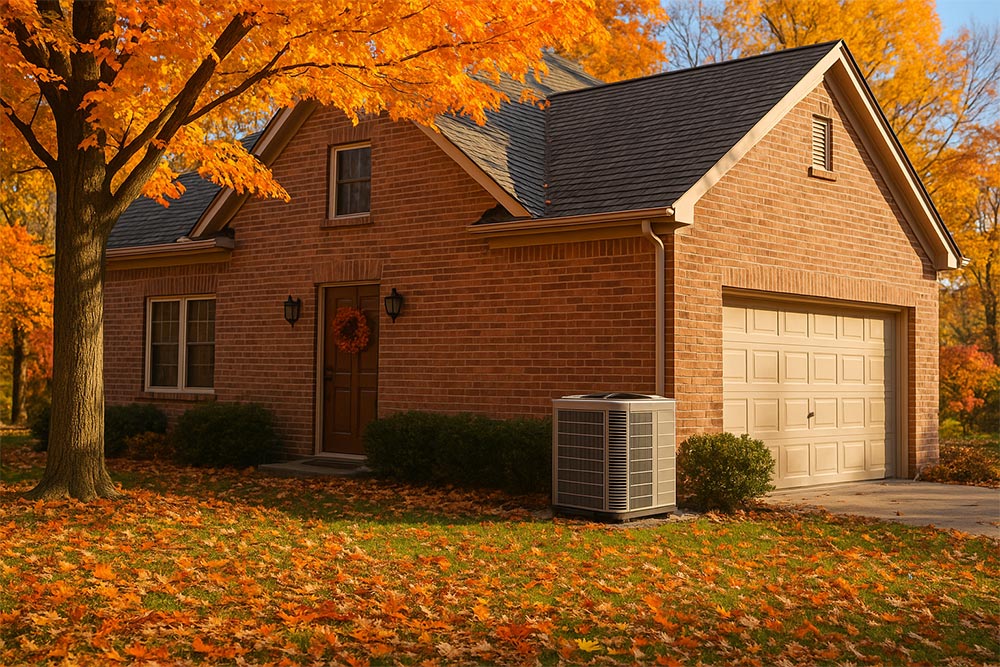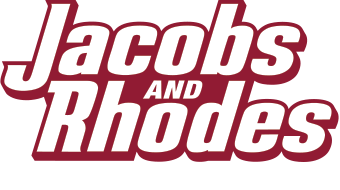Fall HVAC Maintenance Tips Every Tri-Cities Homeowner Should Know
 As the leaves turn in the Tri-Cities and cooler air settles over Pasco, Kennewick, and Richland, homeowners are preparing for the long winter ahead. While cozy sweaters and pumpkin spice are part of the season, one of the most important fall tasks often gets overlooked: HVAC maintenance.
As the leaves turn in the Tri-Cities and cooler air settles over Pasco, Kennewick, and Richland, homeowners are preparing for the long winter ahead. While cozy sweaters and pumpkin spice are part of the season, one of the most important fall tasks often gets overlooked: HVAC maintenance.
Your furnace and heating system are about to become the hardest-working appliances in your home. Without a proper fall tune-up, you risk higher energy bills, unexpected breakdowns, and even safety hazards when winter temperatures drop below freezing. At Jacobs and Rhodes Heating & Air Conditioning, we’ve been helping local families stay warm for decades—and we can’t stress enough how important it is to get your system ready before the first frost.
Why Fall HVAC Maintenance Matters in the Tri-Cities
1. Ideal weather for servicing. Fall’s mild temperatures make it the perfect time for an inspection or furnace tune-up. Technicians can work thoroughly without battling summer heat or winter cold, ensuring your system gets the attention it needs.
2. Prevent winter breakdowns. Nothing is worse than waking up to a freezing home in December. Fall maintenance helps catch small issues now—before they turn into costly emergencies.
3. Early detection = lower bills. Dirty filters, small leaks, or faulty thermostats may not be obvious, but they make your system work harder. Fixing them now improves efficiency and saves money on your winter energy bills.
4. Extend system lifespan. Preventive care reduces wear and tear, helping your furnace or heat pump last longer.
Jacobs and Rhodes’ Fall HVAC Maintenance Checklist
Here’s what every Tri-Cities homeowner should do before winter hits:
- Thermostat calibration – Ensure accurate temperature control.
- Replace air filters – Every 1–3 months for healthy airflow and air quality.
- Inspect ductwork – Seal leaks to prevent heat loss.
- Clean vents and registers – Remove dust and debris for better efficiency.
- Check insulation and drafts – Weatherstrip doors and windows to keep warm air in.
- Furnace inspection – Look for rust, corrosion, or unusual noises.
- Lubricate moving parts – Reduce friction and wear.
- Test safety systems – Carbon monoxide detectors, pressure switches, and sensors.
- Clear condensate drain – Prevent clogs that cause water damage.
These steps form the foundation of safe, efficient winter heating.
DIY vs. Professional Maintenance
While there are tasks every homeowner can handle—like filter changes and cleaning vents—other steps require a licensed professional.
At Jacobs and Rhodes, our technicians provide:
- Comprehensive inspections of every component.
- Energy efficiency tuning to lower monthly bills.
- Safe handling of gas, electrical, and refrigerants.
- Peace of mind knowing your furnace won’t fail on the coldest night of the year.
Trying to DIY complex repairs can expose you to risks like electrical shocks, gas leaks, or carbon monoxide exposure. That’s why we always recommend scheduling a fall HVAC tune-up with a trusted local provider.
Stay Warm and Safe This Winter
Fall HVAC maintenance isn’t just about comfort—it’s about protecting your family’s safety and your wallet. By scheduling your furnace service now, you’ll enjoy:
- Reliable heating all winter long.
- Lower utility bills.
- Fewer emergency repairs.
- Longer system lifespan.
At Jacobs and Rhodes Heating & Air Conditioning, we’re proud to be the Tri-Cities’ top choice for HVAC service, repair, and installation. Our team is ready to make sure your home is prepared for the cold months ahead.
Call us today to schedule your fall HVAC maintenance in Kennewick, Pasco, or Richland—and stay warm all winter long.
Read Next: Upgrade Your HVAC System Before Winter in Tri-Cities, WA: Save Money, Stay Warm, Breathe Better

 Jacobs and Rhodes
Jacobs and Rhodes Jacobs and Rhodes
Jacobs and Rhodes